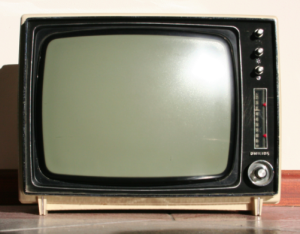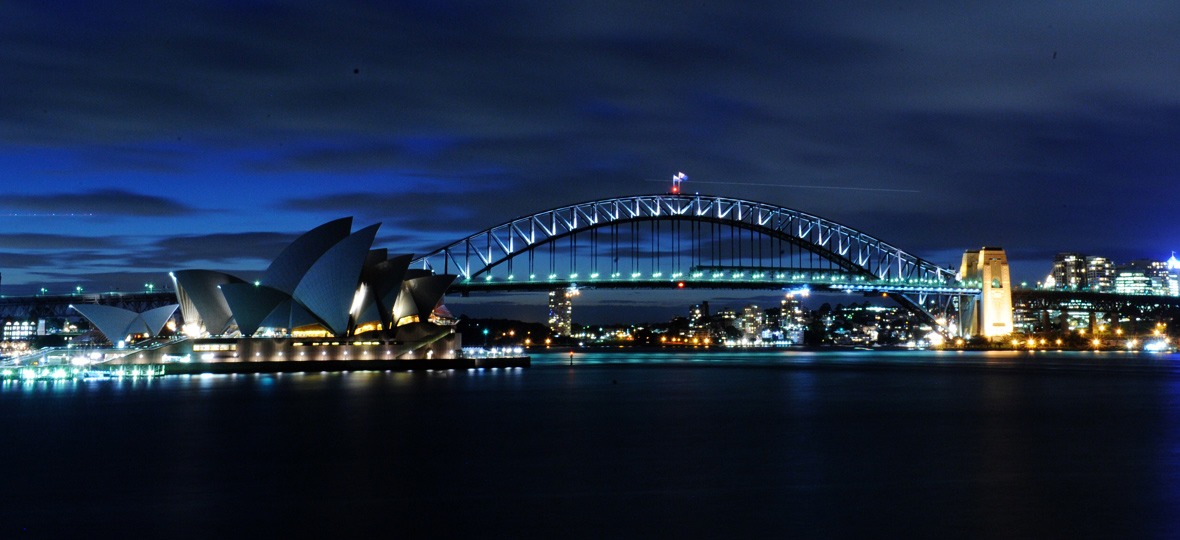
Australia was introduced to television well before New Zealand. In 1953, the Television Act created a national public service, ABC-TV, and approved issuing licenses for commercial stations. Early Australian television broadcast a number of important shows. One of these was Melbourne Tonight , which debuted on May 6, 1956. A prevalent man in Australia pop culture, Graham Kennedy, hosted the program. He continued to host this extremely popular variety show until 1975, when the Australian Broadcasting Control Board banned Kennedy from broadcasting live, claiming that he had used inappropriate language on live television. The variety show emulated aspects of the U.S. television legend Johnny Carson’s Tonight Show . Another important early television show was entitled Four Corners . Modeled after a highly successful BBC program called Panorama , it was a public affairs program. Since there was no national newspaper at that time, it was a primary source for major national issues. It touched upon political issues.
During the earliest years of television in Australia, American series and movies dominated almost 80 percent of the schedule, alongside British television. Even when Australian television produced its own materials, sets, and shows, they frequently mimicked either U.S. or British video production models.
In New Zealand, the first non-experimental television reached New Zealand in 1960, later than many parts of the world. It was an expensive medium for a small country, and our uneven terrain made it difficult to get a clear signal to some areas. At first there were four regional stations which shared programs. They were combined as one national network in 1969. When Neil Armstrong walked on the moon in that year, an estimated 1.5 million New Zealanders watched the event on television.
Today, despite the challenge of the internet and computer gaming, the ‘box’ remains a major source of family entertainment, a key medium for news, sports coverage and advertising, and a powerful cultural and social institution for both Australia and New Zealand.
Sources:
http://www.pressreference.com/A-Be/Australia.html#ixzz3LnlHbtXI
http://www.nzhistory.net.nz/culture/tv-history
http://www.nzonscreen.com/static/history_of_tv


